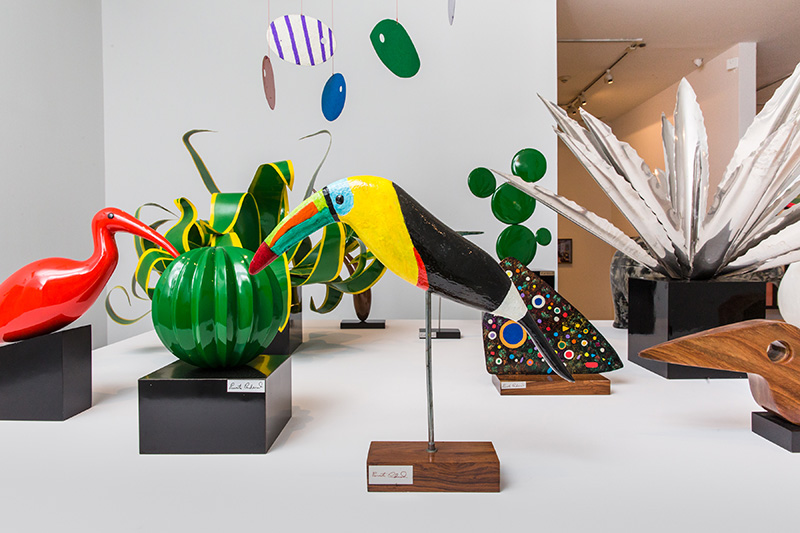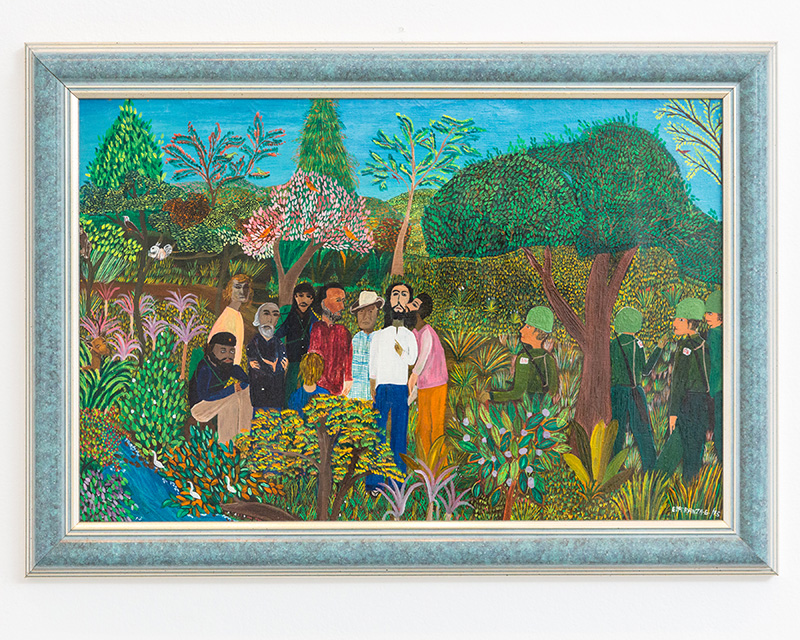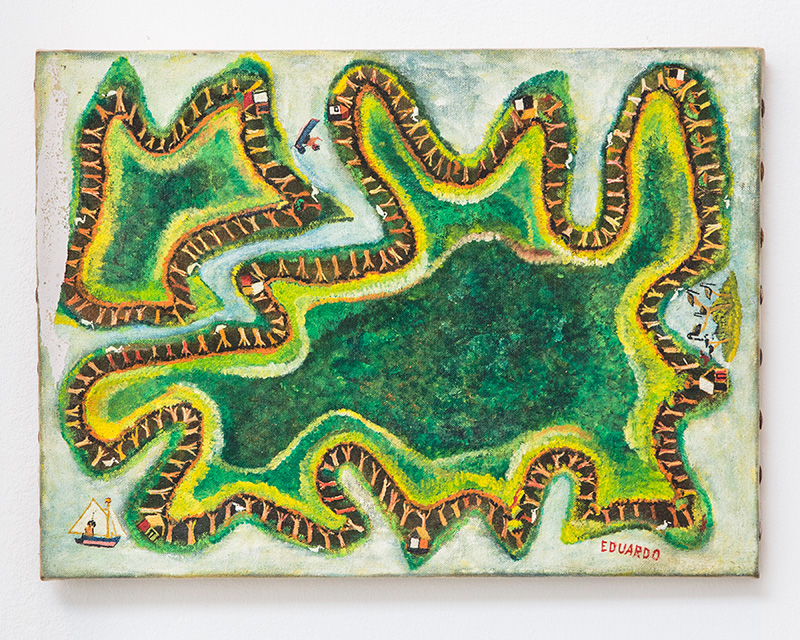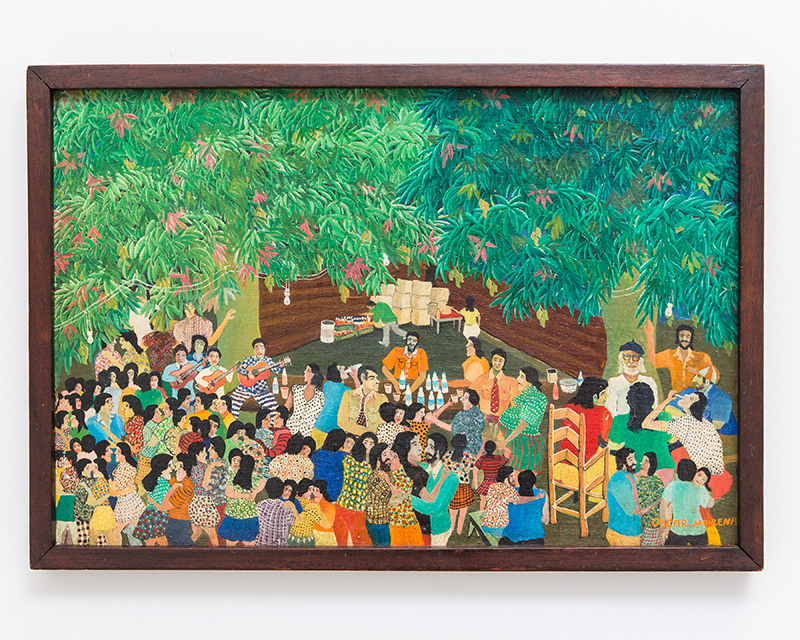ART-PRESENTATION: Dream Of Solentiname
 The Solentiname Islands are an archipelago towards the southern end of Lake Nicaragua in the Nicaraguan department of Río San Juan. Consisting mainly of farmers who had suffered greatly from a lack of basic resources under the country’s long-reigning Somoza regime, it was transformed into a revolutionary artistic community.
The Solentiname Islands are an archipelago towards the southern end of Lake Nicaragua in the Nicaraguan department of Río San Juan. Consisting mainly of farmers who had suffered greatly from a lack of basic resources under the country’s long-reigning Somoza regime, it was transformed into a revolutionary artistic community.
By Dimitris Lempesis
Photo: Museo Jumex Archive
The exhibition “Dream of Solentiname” at Museum Jumex, examines at a key moment in the relationship between aesthetics and politics in Central America. In 1965, a spiritual, political, and artistic movement emerged on Solentiname Islands. Ernesto Cardenal established a community in a remote location on Lake Nicaragua. Born in Granada, 20km outside Managua, Cardenal enjoyed al career in the US with his sculptures, before entering the Abbey of Gethsemani in Kentucky, where, under the guidance of fellow poet and monk Thomas Merton, he developed his popular theories of liberation through communist interpretations of Catholicism. At Solentiname he spread his gospel while encouraging creativity, bringing along young Nicaraguan artist Róger Pérez de la Rocha to teach technical aspects of painting to the increasingly autonomous community, which they adopted as a way to make sense of the devastating experience of the unfolding revolution. Practicing his own take on liberation theology from a chapel distinct for its colorful, glass-clad facade, Cardenal’s society would attract several US artists and poets during the so-called Central American crisis, which saw violent US intervention in the region in order to dismantle several pro-communist revolutions, and would come to play a central role in the 1979 revolution led by the Sandinista National Liberation Front (FSLN) Correspondence between Ernesto Cardenal and fellow priest Thomas Merton document the founding ideas for Solentiname as a social and artistic utopia built around principles of art, liberation theology, and social justice. Painting became a way of political expression and economic support, for the inhabitants of the archipelago. Residents of the communal society also wrote poetry, created ceramics, handicrafts, and works in wood, leather, copper, bronze, and silver. Over the years the community hosted a number of writers and artists including novelist Julio Cortázar, artist Juan Downey, museum director James Harithas, poet Allen Ginsberg, and photographer Sandra Eleta. Many of the historical paintings from the original Solentiname community were sold abroad as a way to earn funds for subsistence in Solentiname. Many members of the Solentiname community engaged in the revolutionary process through guerrilla warfare that the FSLN had developed to strike at the regime. The year 1977 was crucial to Cardenal’s community, when Somoza’s National Guard, as a result from an attack to the headquarters stationed in the city of San Carlos a few miles from the community, raided Solentiname and burned it to the ground. Cardenal fled to Costa Rica. FSLN overthrew the Somoza dictatorship two years later in the people’s revolution. When the new government was formed Cardenal became the minister of culture and the Solentiname experience was seen as a model for the cultural program of the revolution.
Info: Curator: Pablo León de la Barra, Museo Jumex, Miguel de Cervantes Saavedra 303, Colonia Granada, Mexico City, Duration 15/3-6/5/18, Days & Hours: Tue-Sun 11:00-20:00, www.fundacionjumex.org





